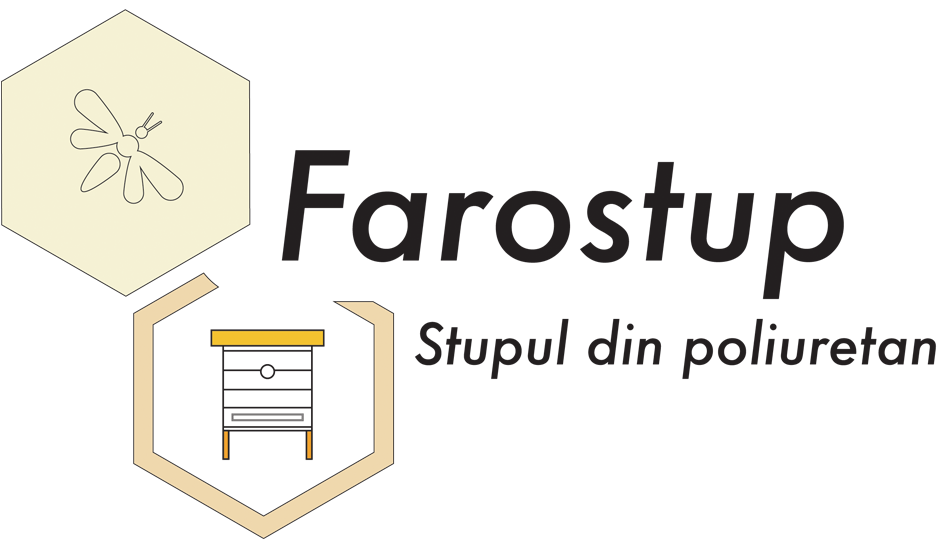FAROSTUP
Maintenance and repairs
No matter how much care is given to the beehive, a series of defects will appear during operation, such as: impact marks, chipped edges, tears, perforations. In the case of the PUR hive, these defects can be repaired very easily. Most of the time without having to empty the hive. For example: Knocks or chips on the external surfaces are repaired by grouting. For small surfaces we recommend the use of water-based wood glues; for larger hits we recommend the use of polyurethane or polyester putties. The working instructions found on the packaging of the respective putties will be respected.
The perforation
The perforation of a wall or cover is repaired by sealing with plugs made of polyurethane material. First of all, by grinding, the hole will be given a regular shape, then a plug made of PUR material with the shape and dimensions as close as possible to the hole will be made. Finally, the plug is stuck in the hole with polyurethane or epoxy putties, the putties are commercially available. We recommend following the work instructions indicated on the product packaging. Of course, situations may arise in which the repair is not feasible; in this case, you must contact FAROSTUP, which can deliver any part that makes up the beehive.
Painting the polyurethane beehive
Painting the polyurethane beehive: Considering the high resistance to weathering of the polyurethane material, the FAROSTUP company does not recommend painting the beehive. For beekeepers who still want to paint PUR hives, we make the following recommendations:|
– Painting should be done with ecological paints.
– Painting should be done only after the beehive has been exposed to the weather for approx. 1 month, and its surface has become a little rough. If you want to shorten this interval, we recommend that before painting, the surfaces of the beehive should be lightly sanded with 120-grit sandpaper.
– During painting, follow the instructions on the paint packaging
Cleaning and sterilization
Cleaning and sterilization of the V10 polyurethane hive is done with aqueous solutions. We recommend a solution with washing soda that dissolves the propolis and cleans all the dirt. Aqueous solutions with preparations for washing dishes can also be used. In both cases, the concentration indicated on the packaging in which the respective products are marketed will be respected. In order to obtain a quick effect, it is recommended that the aqueous cleaning solutions be heated to a temperature of 50-60 °C. Given the sufficiently high hardness of the surface of the parts that make up the polyurethane beehive, pressure jet devices of the type used in car washes can be used to wash the beehive. We recommend that the distance from the nozzle to the surface of the piece be min. 40 cm.
NOTE: The people who will perform assembly, cleaning and sterilization operations, as well as painting the hive, must know that for their own safety they must use appropriate protective equipment, such as: glasses, gloves, shields, etc.; and to use only approved materials and tools.
